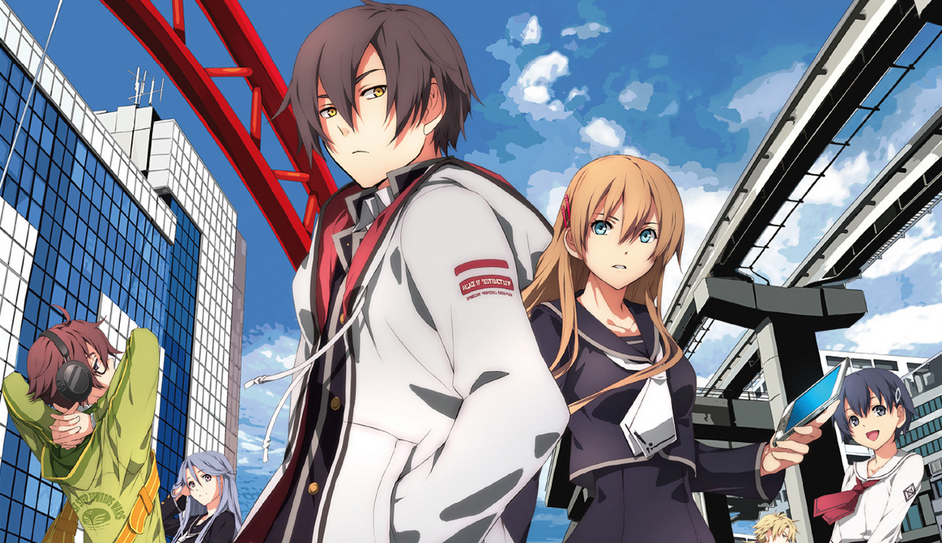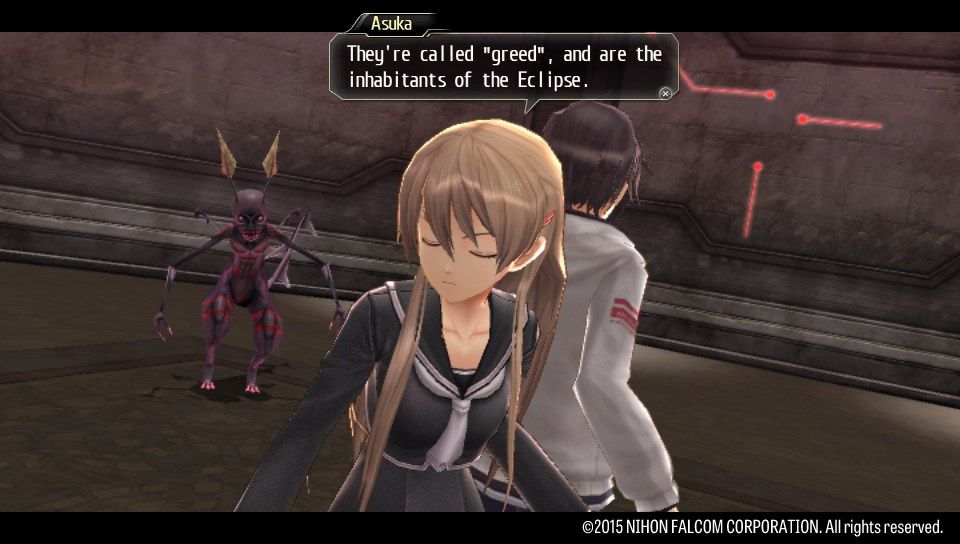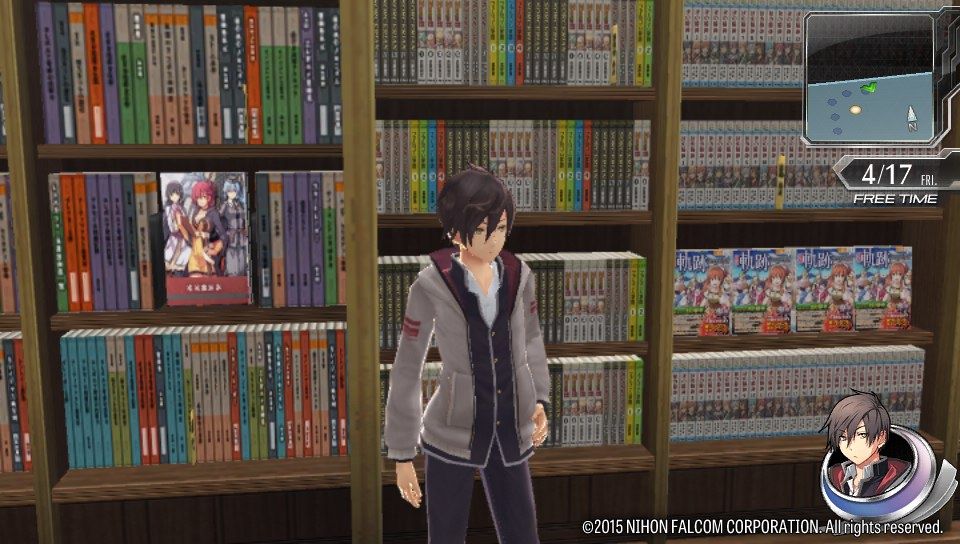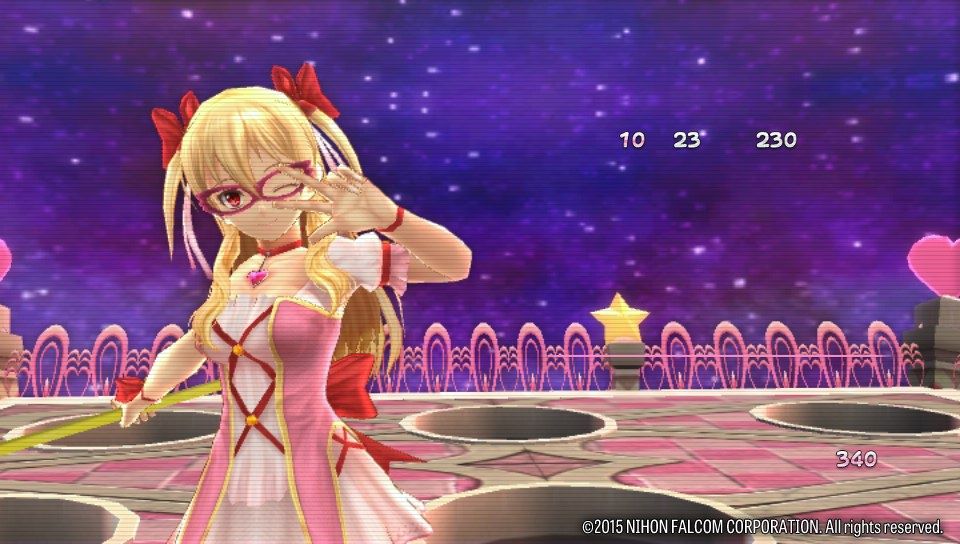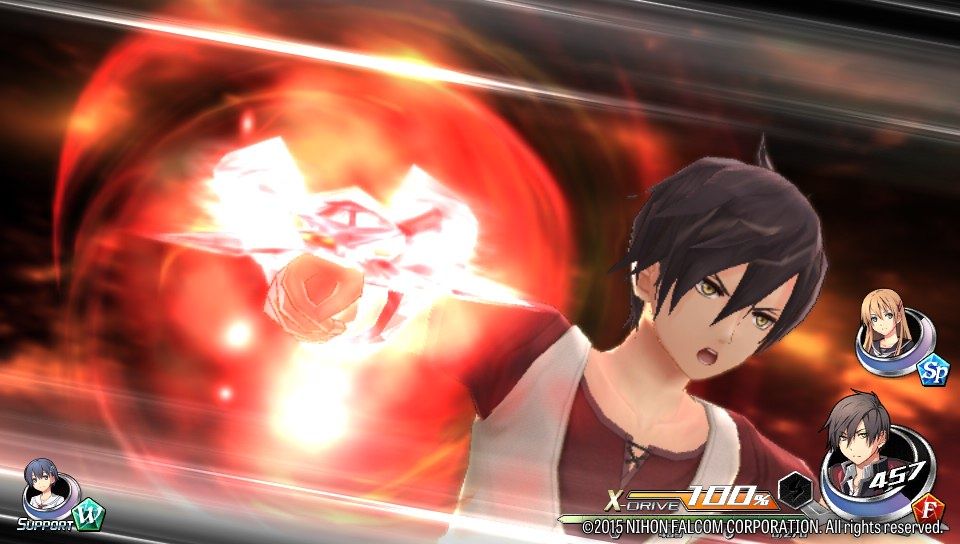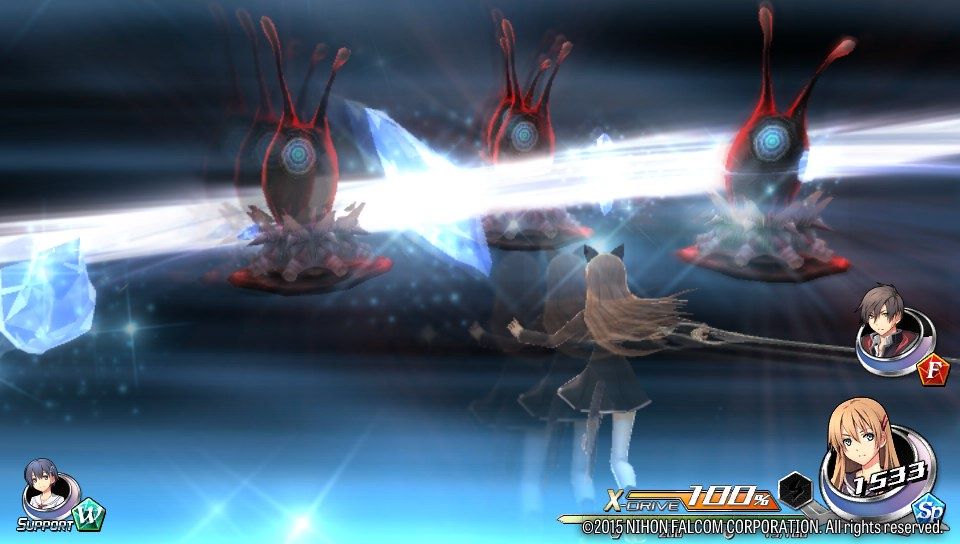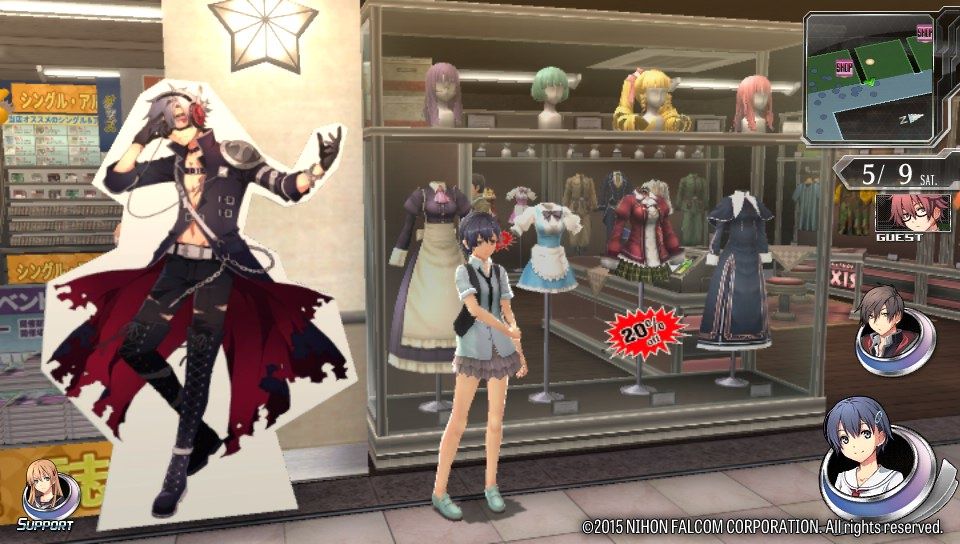Aksys has now joined the growing list of western publishers to take on the heavy task of localizing Falcom titles. These games are known for millions of letters of text with NPCs who have as deep of backstories as the main characters. Whenever a new Falcom game is announced, western fans cross their fingers in hopes that they get picked up for localization.
For me, Tokyo Xanadu was a game released by Falcom for PlayStation Vita that I always wanted to experience. I followed the game's development rather closely and completely fell in love with the concept. However, I must admit I was skeptical of Aksys taking on the task of localization, only because they aren't the typical publisher I think of when considering who will release a Falcom title.
https://m.youtube.com/watch?v=CF3dJDXKnYw
Tokyo Xanadu is set in the year 2015 in a fictional town called Morimiya City located in Japan. The game's story picks up ten years after an earthquake destroyed most of the city. Since time has passed, the community has rebuilt itself and the citizens are looking forward to the future. A huge part of everyone's day to day lives revolves around their cellphones called "Xiphones". More or less the Xiphones are a huge part of the game's story and will be mentioned constantly in conversation.
Now we meet our main protagonist, Kou Tokisaka, a sort of mysterious boy who becomes more interesting as the story progresses. Also, don't let his hard ass looks deceive you; Kou is a stern yet sweet character who enjoys hanging out with friends and doing the right thing when approached with a choice. His appearance reminds me of Rean Schwarzer from the Trails of Cold Steel series, but not as calm or inviting. Sure, Kou works as a main protagonist, but his appearance might be much too cool for his nerdy hobbies.
Then we have have Asuka Hiiragi who is probably my favorite character in the game. Not because she's the leading female, but because she shows the most character growth over the entire story than any of the other characters. I'm not saying the other characters don't grow as certain events unfold. I'm only pointing out that Asuka is more hidden about her true motivations for doing things and that makes it more of a surprise when she opens up. From the opening scene in the game, you just know she knows way more than she lets on.
Tokyo Xanadu's story is split up into chapters, where the player must balance free time and dungeons. For the most part, free time will be where most of the story develops. It's during this time that players can run around the city, talk to NPCs, and spend one on one time with friends and party members. Reminiscent of the system that is found in Trails of Cold Steel, players are able to use a limited number of affinity shards to spend time with their favorite characters. You wont always have enough to spend time with every character that is available, so it's best to choose wisely because your relationship with that character will grow.
I enjoyed free time, running around the city and talking to people to see what they've been up to between the time that I last spoke to them never failed to entertain me. There's also plenty to do, such as, mini-games, skate boarding, and shopping at the mall. Falcom went all out with the shops in Tokyo Xanadu, there are tons of stores available that sell different equipable items. Although, I didn't visit most of them after the first encounter -- instead I found myself returning to the same two or three stores.
There are also optional quests that will be offered during free time. By talking to characters who need help, players are generally required to look for an item or run an errand. Sometimes time passes between quests and other quests are made available. Additionally, optional dungeons open up during this time that grant one affinity shard if completed.
[pullquote]It's safe to compare it to Persona 4's level of daily exploration...[/pullquote]
I can say that I simply loved all there was to in the game while waiting for the next dungeon to open up. It's safe to compare it to Persona 4's level of daily exploration, however Tokyo Xanadu doesn't rely so heavily on the passage of time. This allowed me to take on the game at my own speed and also allowed me to spend two hours playing "Michy Panic Magical Girl With Alisa" at the arcade.
During the game's story, a strange dark energy known as "The Eclipse" spawns enemies known as "Greed" in dungeons. These enemies must be cleared before the story can progress. Before entering, players will be able to chose their party and view the elements of the enemies that are within. This is quite useful in order to choose the party that is most effective against the monsters.
[pullquote]Dodging and executing special attacks felt responsive and fluid, making fighting that much more enjoyable.[/pullquote]
Although Tokyo Xanadu shares similar graphics to what's found in Trails of Cold Steel, the battle system is nothing like it. In this regard, the game shares more similarity to another Falcom series, Ys. Players will hack-and-slash there way through multiple dungeons, while switching party members constantly in order to unleash the most effective attack.
The battle system is responsive and easy to master. Dodging and executing special attacks felt responsive and fluid, making fighting that much more enjoyable. However, enemy types are lacking; for instance, some enemies simply change elements if they are found in other dungeons.
With that said, the same isn't true for the boss battles at the end of the bigger dungeons. Bosses are enormous beasts who typically have a pattern that can be discovered after being hit a few times. I thought the boss designs were all wonderful and enjoyed the tension of running through a door eagerly awaiting what's next.
The only clearly negative part is the dungeons are incredibly short, which (still) isn't the end of the world because they can be replayed at anytime during free time. However, nothing beats the first time running through a dungeon and finding all the ways to unlock paths and discover treasure. At the end of each dungeon you are given a grade depending on your time, damage dealt, items discovered, and other factors.
The problems in Tokyo Xanadu are found within how the game only opens up once you reach a certain point in the story. It took me over five hours to unlock the entire city and even then I was still receiving tutorial prompts. The over-tutorialization includes attacks and actions that are extremely necessary in battle. It's not even that much information to take in, the game just takes its sweet time in unlocking it for you.
[pullquote]Ultimately, Tokyo Xanadu is one of the best games I've ever played on the Vita[/pullquote]
Also, I'm not going to compare Aksys' localization to any other publisher that has worked on a previous Falcom game. It's good to understand that each team will approach phrases and terms differently. And while I think Aksys did a wonderful job localizing this game, there were a couple typos and a formatting issue that I found outside of the main story, but nothing to make me think that they didn't spend a lot of time on this enormous game.
Ultimately, Tokyo Xanadu is one of the best games I've ever played on the Vita. It gave me a reason to spend more than 50 hours on the handheld and team up with a new group of characters to go on a brand new adventure. I applaud Falcom for releasing a new IP when they have so many others that people would love to see sequels of. However, Tokyo Xanadu's story might not be up to par with what fans expect from the developer, it ends up being mediocre with a climax that you think is coming, but never quite fully explains itself.
I love Tokyo Xanadu for what is: a solid action RPG with a dramatic premise and an awesome cast of characters. The game impressed me with the responsive battle controls and beautiful special attacks. Even though the story didn't amount to the standards Falcom has set in the past, Tokyo Xanadu truly shows what the PlayStation Vita is capable in terms of graphics and playability and I would happily play through the game again.

